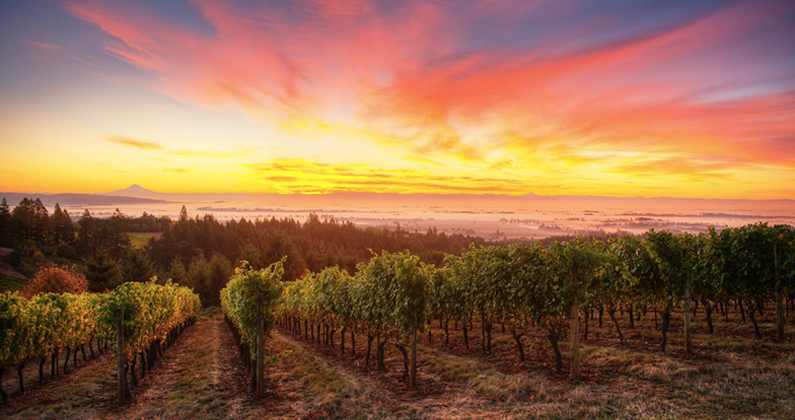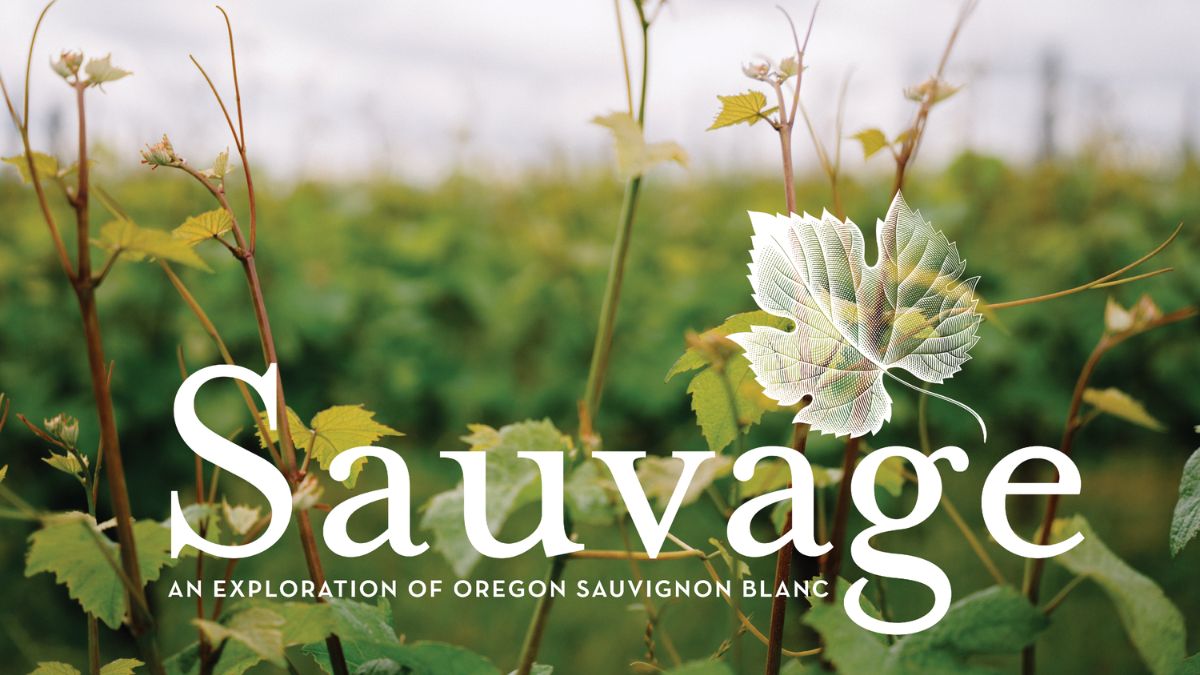Until very recently, Oregon’s premier American Viticultural Area (AVA), the Willamette Valley, had been parced into six sub-AVAs. Namely, Yamhill-Carlton, McMinnville, Ribbon Ridge, Dundee Hills, Eola-Amity Hills and the Chehalem Mountains. These are part of the bigger group of 18 AVAs in the state — learn more about those here and here. As you might expect, drawing up a distinct AVA is a bit of a process. Remember “I’m Just a Bill” from Schoolhouse Rock? Here we go.
In order to be recognized by the Alcohol and Tobacco Tax and Trade Bureau (TTB), the agency that officially deems such things, a petition must be filed detailing all of the particulars that justify the birth of a new AVA — geology, soil, climate, proposed boundaries, etc. If the TTB agrees, they will stamp the petition as “perfected” and off it goes to the Federal Register, where the public gets to throw their two cents in before a final decision is handed down.
In December 2018, the new Van Duzer Corridor made it through the gauntlet, officially distinguishing itself as the seventh AVA from the Willamette Valley. Northwest of Salem, the long-lauded geological feature known as the Van Duzer Corridor is responsible for funneling cool Pacific Ocean air into the valley. Combined with soil that is predominantly marine sediment, the newly defined AVA produces wines that exhibit dark fruit notes with plenty of tannin and healthy, balanced acidity. Bordered by Eola-Amity Hills on the east side and McMinnville to the north, the Van Duzer Corridor is home to 1,000 acres of planted grapes and wineries that include Namasté Vineyards, Left Coast Cellars and Van Duzer Vineyards.
But there’s more, potentially. There are currently four additional perfected candidates that may at any time become the newest additions to the Willamette Valley’s gang of sub-AVAs.
Mount Pisgah, Polk County
At 5,850 acres, the proposed AVA near Dallas would be among Oregon’s smallest. Mount Pisgah, Polk County (county name added to distinguish it from the Lane County peak with the same name), features a shallow layer of marine sediment that settled atop the oldest rocks in the Willamette Valley. These Siletz River volcanics, as they are known, exist nowhere else in the valley and produce a distinct mineral note and elevated acidity to reds grown in the area.
Mount Pisgah, Polk County is currently home to 10 commercial vineyards and wineries, including Freedom Hill, Amalie Roberts Estate and Illahe Vineyards.
Lower Long Tom
Located between Corvallis and Eugene along the western shore of its namesake river, the Lower Long Tom would by far be the southernmost appellation in the Willamette Valley. The 3,000-foot Prairie Mountain diverts winds to the north and south, creating warmer nighttime temps that translate into an earlier harvest.
Bellpine soil, a marine sedimentary layer that drains easily but has limited fertility, forces roots deeper for water and nutrients. The result is wines with complexity and pronounced tannic structure. The area encompasses 22 vineyards, over 500 acres and 10 wineries, including Benton-Lane, Brigadoon Wine Co. and Antiquum Farm.
Tualatin Hills
Tualatin Hills would be a 144,000-acre, horseshoe-shaped AVA that traces the watershed of the Tualatin River southwest of Portland, and east of one of the highest points in the Oregon Coast Range. As such, it resides in a rain shadow resulting in decreased rainfall. However, being that close to the ocean means cooler nighttime temps than some AVAs located farther inland.
Those factors combined with the mineral-rich Laurelwood soil of the area produces Pinot Noirs that have prominent dark berry notes and a spicy finish. While Pinot Gris can possess some unexpected citrus and herbal qualities. 32 growers and wineries including, Montinore Estate and David Hill Vineyards, await the AVA’s confirmation.
Laurelwood
The 33,600-acre potential AVA occupies the northern slopes of the Chehalem Mountains in the foothills of the Tualatin Valley, and it is wall-to-wall winery and vineyard. What differentiates it from the rest of the Willamette Valley pack is the melding of a few traits from neighboring AVAs.
Cooler and wetter than Tualatin Hill, and unlike the Chehalem Mountains, it is almost all Laurelwood soil. That climate when paired with the loess-type Laurelwood soil helps produce a high-pH-grape that results in a wine with a floral nose, red fruit flavors, dark tannins and elegant structure. Roughly 70 vineyards and 25 wineries, including Ponzi Vineyards, Rex Hill, and Raptor Ridge, are located within the proposed boundaries.






